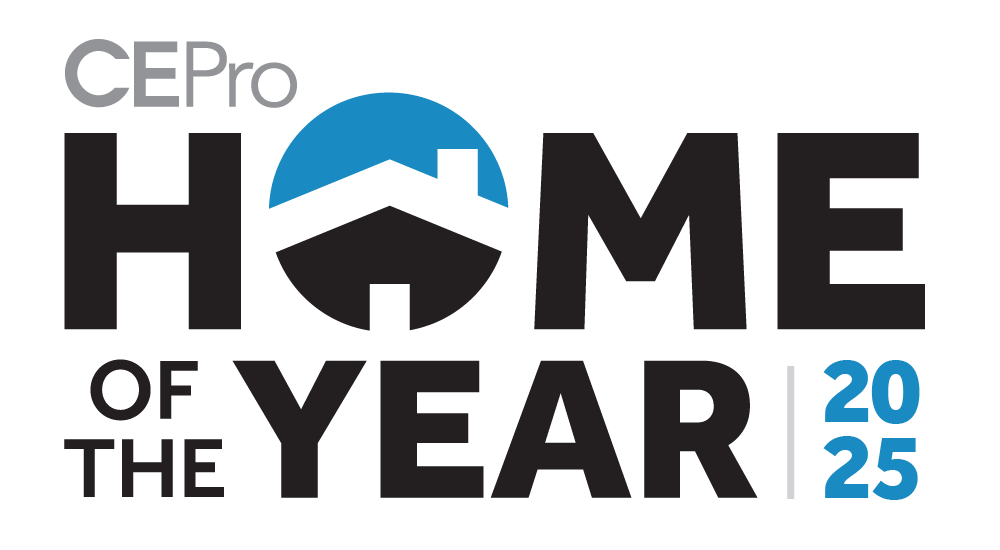Housing starts continued to crater in May led exclusively by multifamily construction while new single-family projects saw a modest increase with tariff uncertainty and elevated interest rates being among the ongoing factors driving a weak spring season.
The data comes from the most recent new residential construction report for May 2025 put out by the U.S. Department of Housing and Urban Development and the U.S. Census Bureau.
Overall housing starts dropped 9.8% in May from April’s numbers to a seasonally adjust annual rate of 1.26 million units, with the multifamily sector seeing a 29.7% drop in production compared to new single-family construction, which saw a meager 0.4% increase despite still being down 7.3% compared to May of last year.
This puts the two sectors at a seasonally adjusted annual rate of 332,000 and 924,000, respectively, with these rates representing the number of houses that would be completed in a 12-month period if development kept this pace.
Year-to-Date Numbers for New Construction Sees Single-Family Down in May
On a year-to-date basis, the National Association of Homebuilders (NAHB) has found that single-family starts are down 7.1% in 2025, with production of multifamily units of five or higher being up 14.5% so far.
The Association has also forecasted that it now expects 2025 to end with a decline in single-family starts.
Northeast Construction Drops 40% from April Numbers
Breaking the numbers down on a regional basis sees overall housing starts in the Northeast, Midwest and South dropping 40%, 10.2% and 10.5% respectively. The West was the only U.S. region that saw a noteworthy increase in overall housing production, with new housing construction increasing by 15.1% in May 2025.
Pulling from that same NAHB statement, overall regional starts on a year-to-date basis were 21.1% higher in the Northeast, 10.8% higher in the Midwest, 6.8% lower in the South and 1.6% lower in the West.
Lack of Skilled Labor Adds to Affordability Crunch in New Construction
While tariffs and interest rates have continued to be the primary factors impacting homebuilding costs, another, more consistent, element related to the elevated costs of homebuilding in the U.S. are labor costs.
In a report released by the NAHB in June 2025, the profound lack of skilled labor in the single-family homebuilding represents a “multibillion-dollar annual challenge” that has resulted in the lost production of thousands of newly built homes, in addition to contributing to the cost of homes that are being built.
The study estimated there is an aggregate economic impact of $10.80 billion per year due to longer construction times associated with the labor shortage, with direct costs amounting to $2.66 billion annually.
The NAHB suspects this has resulted in an unweighted average increase in new construction time by 1.98 months, with smaller builders experiencing even greater delays. On average, this slowdown has led to a reduction of approximately 19,000 single family homes not being built in 2024.
In speaking with the National Mortgage Professional, NAHB Chief Economist Robert Dietz says that this is likely to be the new norm as the tighter labor market and reduced competition among subcontractors continues to be leveraged for higher wages.
In addition, he sees many of the added costs resulting from the labor shortages forcing a dramatic shift in pricing strategies among homebuilders with many passing those costs onto consumers, further exacerbating the housing affordability crisis.
Builder Sentiment Third Lowest Since 2012
In further signs of a strained market, the use of price incentives increased sharply heading into June. According to the National Association of Home Builders (NAHB)/Wells Fargo Housing Market Index (HMI), builder confidence in the market for newly built single-family homes was 32, down two points from May.
According to NAHB, the only other two lower points since 2012 occurred in December 2022 when it hit 31 and in April 2020 at the start of the pandemic when it hit 30.
For reference, the Index calculates builder sentiment on a scale of 1 – 100 with any number over 50 indicating that more builders view conditions as good than poor. Consequently, any number under 50 indicates more builders viewing conditions as poor than good.
In June, all three major indices the HMI looks at posted losses. The index looking at current sales conditions fell two points to 35. The component measuring sales traffic for the next six months dropped two points to 40. The gauge measuring traffic of prospective buyers dropped two points to 21.
As more buyers move to the sidelines due to affordability challenges and economic uncertainties, 37% of survey respondents reported cutting prices in June, the highest since NAHB began tracking the metric in 2022. The average price reduction was 5%, matching all other months since last November.
Permits and Sales Fail to Shake Doldrums
In what should represent the start of the usually hot sales market, total existing home sales only increased by 0.8% in May compared to April, with the total housing inventory increasing 6.2% according to the NAR Existing Home Sales Report. The current housing inventory now sits at 1.53 million units, 20.3% above May 2024’s inventory.
Meanwhile the number of housing permits being taken out shrank another 2% from April to a 1.39-million-unit annualized rate in May 2025. Single family permits decreased 2.7% to a pace of 898,000 while multifamily permits dropped 0.8% to 495,000.
Breaking it down on a regional basis, permits were 17.2% lower in the Northeast, 6% higher in the Midwest, 5.4% lower in the South and 3.7% lower in the West
















